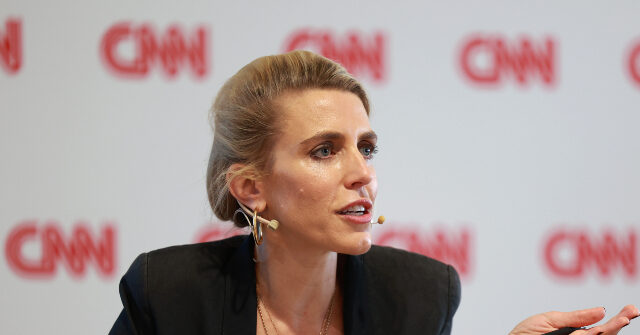In recent weeks, CNN’s “Syrian Prisoner” video, which purportedly captured the dramatic rescue of an alleged victim from one of Bashar al-Assad’s notorious prisons, has sparked significant skepticism and criticism, leading many to label it as another instance of “fake news.” The footage, featuring a supposed prisoner rescued from a desolate situation, quickly became a viral sensation. However, it soon raised numerous red flags among viewers, particularly given CNN’s history of questionable reporting. Critics argue that the video seems staged, drawing parallels to past incidents where CNN has been accused of manipulating narratives to garner attention and bolster ratings during difficult times.
Questions surrounding the authenticity of the situation depicted in the video have quickly arisen. Viewers have critiqued elements like the apparent health and cleanliness of the man being rescued, who supposedly spent three months in a windowless cell and three days without food or water. Images and descriptions from the video seem contrary to what one would expect from someone in such dire conditions. The supposed “prisoner” appeared unusually well-groomed, alert, and unfazed by the sudden exposure to daylight, which many believe should have elicited a more dramatic physical response. Observers are left wondering why an individual in such a dire state would look relatively healthy and presentable.
Moreover, the circumstances of this supposed liberation raise numerous logical inconsistencies. Questions persist regarding why this specific “prisoner” was left behind during a rescue operation and how he managed to stay in such relatively pristine condition while confined. This incredulity leads many to suspect a deeper level of manipulation, with accusations that CNN might have knowingly broadcast a staged event to enhance its narrative and attract viewership amidst declining ratings. The lack of skepticism in the initial reporting—despite apparent inconsistencies—has led to accusations of negligence and irresponsibility on the part of CNN journalists.
Further corroborating the skepticism surrounding the event, an independent Syrian news outlet, Verify-SY, has identified the so-called prisoner as Salama Mohammad Salama, an alleged air force intelligence officer implicated in various human rights abuses, including torture and extortion while serving under Assad. This revelation has compounded the concerns over the credibility of CNN’s report, as it directly contradicts the narrative that this man was merely a victim caught in a tyrannical system. Critics argue that this misidentification demonstrates either a grave error in reporting or willful deception, thereby amplifying suspicions of a broader hoax.
The repeated failures of CNN in their reporting on major stories lead to a broader conversation about media responsibility and credibility in contemporary journalism. As skepticism towards mainstream media continues to grow, engendered by numerous past incidents of misinformation, the question persists: when was the last time CNN successfully broke a significant story that didn’t unravel into controversy or be labeled as deceptive? Many observers contend that the doubts permeating around this latest incident are symptomatic of a larger pattern within the network.
Ultimately, the fallout from this incident is likely to contribute to a diminishing trust in CNN and serve as a cautionary tale about the urgent need for rigorous fact-checking in journalism. The clear disconnect between the narrative presented and observable reality calls into question the ethics and integrity of the reporting process at CNN. As news consumers become increasingly skeptical of sensational stories lacking scrutiny, there lies an imperative for media outlets to prioritize accuracy and accountability over the fleeting allure of garnering viral attention.

